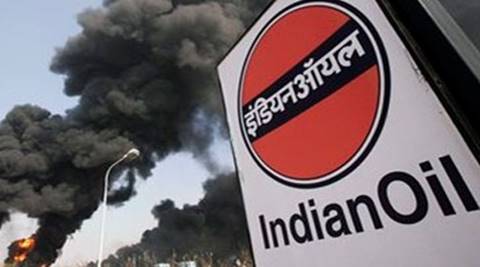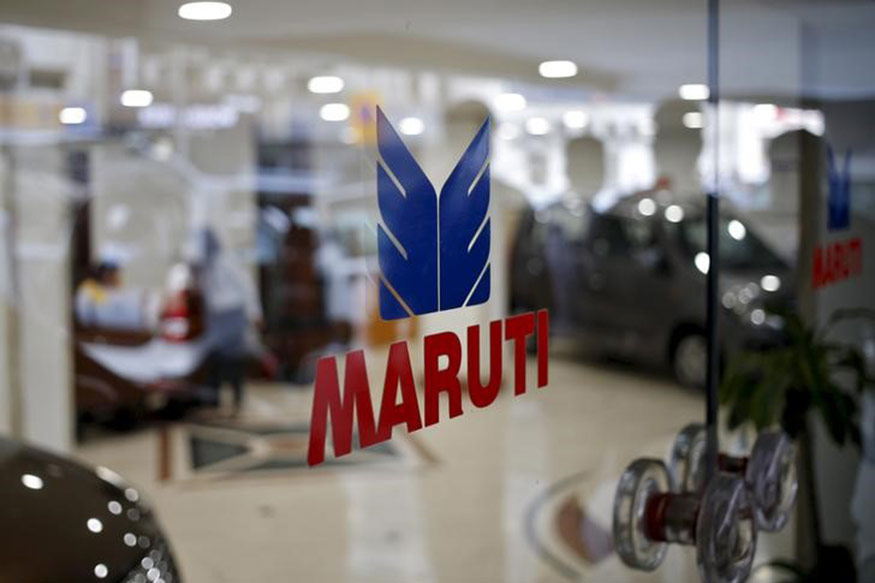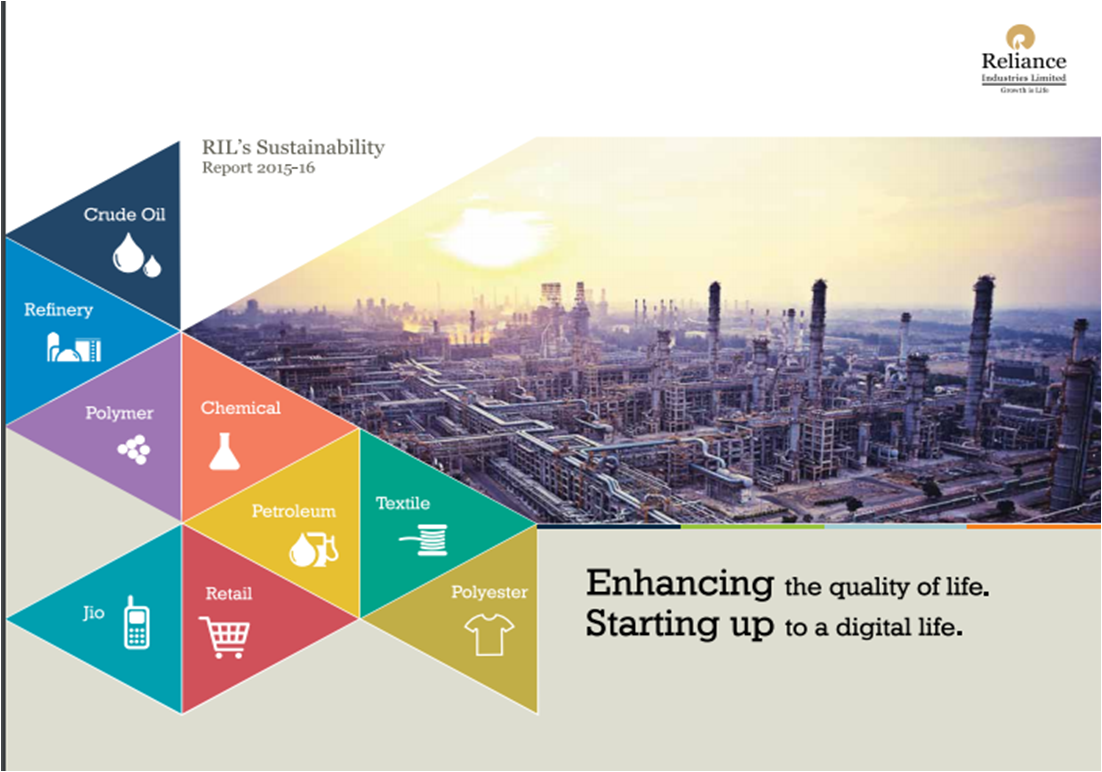With sustainability becoming a key part of most large corporations’ annual reporting exercise, one institution that plays a key role is the Global Reporting Initiative, or GRI, which is an international independent organisation that standardises and reports the impact of businesses and organisations on key sustainability-related parameters. It is like a standards organisation, like the ISO or the International Bureau of Weights and Measures, except that its domain is sustainability reporting. The GRI guidelines are used by MNCs, private companies, NGOs, industry groups, government bodies, etc. – in short, any organisation that has an impact on the environment, which more or less means all. Currently, it is the world’s most widely used standards on sustainability reporting and disclosure. Sustainability goals, performance and impact are now released by 92 per cent of the world’s largest 250 corporations, which is a testament to its growing importance in light of increasing awareness about global warming and climate change.
About GRI G4 guidelines
Till 2016, the G4 guidelines have been the GRI’s standard reporting framework. These include two types of disclosures: the General Standard Disclosures, which provide information about the organisation and its reporting process, and the Specific Standard Disclosures, which focus on the approach to managing impact and the indicators that are used to measure such impact. The guideline categories are economic (market presence, procurement practices, etc.), environmental (materials, energy, biodiversity, emissions), and social (labour practices, human rights, anti-corruption, product responsibility). Material aspects are those that reflect the organisation’s significant economic, environmental and social impacts or have a marked influence on stakeholders. Apart from these, there are principles (such as balance, accuracy and timeliness) that define the report content and quality. Omissions are also expected to be mentioned when, in certain unavoidable cases, it is not possible for the organisation to disclose some information.
There are two types of options for organisations to prepare their sustainability reports: Core and Comprehensive. The former consists of the essential features expected from such a report, while the latter requires additional details related to its strategy and analysis, governance, ethics and integrity, and all necessary economic, social and environmental indicators.
Sustainability reporting may seem like a passing fad, another PR exercise by tax-evading corporations, but despite the justified reasons for cynicism, it is one of the more transparent and reliable ways to ensure that organisations are aware of their overall impact on the society and planet. It helps them set targets, design interventions, measure impact, compare against best-in-class companies, and find ways to make improvements. It helps the organisation communicate its social and environmental impact to the public, and ensures that there’s enough at stake for them to constantly strive to minimise the harmful effects and amplify the good ones. The reality of today’s hyper-connected, globalised, neo-liberalised world at odds with rampant environmental damage needs mechanisms like sustainability reporting, at least till the time our Anthropocene world actually decides to do something concrete about climate change.
Here we take a closer look at some of the sustainability reports issued by the large Indian corporations.
Reliance Industries Limited (RIL)
Reliance Industries Limited proudly proclaims that its sustainability reports have adhered to GRI guidelines since 2004 and GRI-checked A+ from 2005 onwards. The application-level A+ indicates that the report has been externally assured by a third party and provides all disclosures on company profile, management approach and performance indicators. However, the scope of the reports is limited to RIL’s petrochemicals and oil and natural gas businesses only. Community impact and employee diversity are considered to have ‘low impact’ on stakeholders and business, while ecosystems and biodiversity have only low to medium impact on stakeholders according to its materiality matrix, which is the importance given to different aspects that matter to the company and its stakeholders. Even then, what stood out in their omission from the report’s most ‘pertinent’ material issues were GRI’s aspects related to labour practices and decent work, and society (anti-corruption, public policy, anti-competitive behaviour, grievance mechanisms, etc.). One may be persuaded to conclude that the country’s biggest corporation doesn’t consider such petty matters to be important to its ongoing and future business. There is also this piece of declaration that this author found to be quite amusing: There was no incident of discrimination across our locations during the reporting period. Also there was no operation identified in which the right to exercise freedom of association and collective bargaining was at significant risk. RIL must feature in the next list of Great Places to Work.
While prima facie the report appears to tick all of the GRI boxes, a closer look reveals plenty of missing information – for instance, metrics like benefits provided to fulltime employees which are not provided to temporary or part-time employees, percentage of the total workforce represented in formal health and safety committees, ratio of the basic salary and remuneration of women to men for each employee category, and number of suppliers subject to impact assessments for labour practices, to name a few. Some details that are conveniently redirected to the annual report are amiss – such as the nomination and selection processes for the highest governance body and its committees, and the criteria used for nominating and selecting highest governance body members. Risk assessments of its various processes, products and overall business are also conspicuous by their absence. While glossy, heavily textual, and sporadically detailed, RIL’s reports are a perfect example of the wise saying that what is hidden (or omitted) reveals the truth. We await the latest report with bated breath.
Some details that are conveniently redirected to the annual report are amiss – such as the nomination and selection processes for the highest governance body and its committees, and the criteria used for nominating and selecting highest governance body members. Risk assessments of its various processes, products and overall business are also conspicuous by their absence…
Indian Oil (IOCL)
 Indian Oil has been publishing sustainability reports since 2005″06 and the latest one (2014″15) adheres to GRI-G4’s comprehensive reporting guidelines, although it has not been vetted by an external party. On the subjective materiality aspects, human rights, impact on communities, and biodiversity score low. Incidentally, these are the topics on which the report chooses to highlight IOCL’s many CSR-friendly initiatives and preventive measures, rather than providing hard numbers on the actual impact due to the company’s activities”a not-so-subtle attempt to sidestep the negative repercussions of being in the oil business.
Indian Oil has been publishing sustainability reports since 2005″06 and the latest one (2014″15) adheres to GRI-G4’s comprehensive reporting guidelines, although it has not been vetted by an external party. On the subjective materiality aspects, human rights, impact on communities, and biodiversity score low. Incidentally, these are the topics on which the report chooses to highlight IOCL’s many CSR-friendly initiatives and preventive measures, rather than providing hard numbers on the actual impact due to the company’s activities”a not-so-subtle attempt to sidestep the negative repercussions of being in the oil business.
On the subjective materiality aspects, human rights, impact on communities, and biodiversity score low. Incidentally, these are the topics on which the report chooses to highlight IOCL’s many CSR-friendly initiatives and preventive measures, rather than providing hard numbers on the actual impact.
However, some level of attention is given to risk assessment, grievance, and corruption matters. The report also does well on environmental aspects and covers most of the specific disclosures required. Management approach on their response to identified material aspects is not clear, nor are details on remunerations and benefits broken down by gender, hierarchy and backgrounds. Again, specificities related to G4 guidelines are missing – for example, key topics and concerns that have been raised through stakeholder engagement and the organisation’s response, details on procurement practices, and labour practices. On the grievance mechanisms for impact on society aspect, a one-liner response is: ‘No operations were recorded to have a significant actual and potential impact on the local communities.’ Despite the obvious flaws, the report is still a fairly detailed one that at least attempts to cover all the G4 bases, and that is quite commendable.
Tata Power
 Tata Group’s various companies have their own preferred reporting methods. Tata Chemicals, JLR, and Tata Motors follow GRI’s ‘core’ option (no reason given why), while Tata Power issued its last sustainability report in accordance with the G4 ‘comprehensive’ option guidelines. Others like Tata Teleservices have not issued sustainability reports yet.
Tata Group’s various companies have their own preferred reporting methods. Tata Chemicals, JLR, and Tata Motors follow GRI’s ‘core’ option (no reason given why), while Tata Power issued its last sustainability report in accordance with the G4 ‘comprehensive’ option guidelines. Others like Tata Teleservices have not issued sustainability reports yet.
Tata Power’s report excluded its international operations and JVs”not insignificant omissions. While the report itself does not seem to be structured traditionally, there are some interesting points to note. The report is focused primarily on promoting the various programmes and policies put in place to showcase how great the organisation is (like a standard CSR report), rather than providing a factual understanding of the G4 aspects and hard data. On the materiality assessment, what stood out was the low importance accorded to ‘transparency’ and ‘ethics and integrity’ for both business and stakeholders.
The process for consultation or delegation between stakeholders and the highest governance body is left unexplained. On a sort of related note, the contractor workforce is much higher than permanent ones (a trend visible across industries), probably the reason why there is no information pertaining to benefits that are standard for fulltime employees but not provided to temps. Some aspect data are marked as green but when one actually goes looking for it, information is strangely missing, like the extent to which various health and safety topics are covered by the agreements with trade unions.
On a sort of related note, the contractor workforce is much higher than permanent ones (a trend visible across industries), probably the reason why there is no information pertaining to benefits that are standard for fulltime employees but not provided to temps.
Same is the case with the required details on product and service labelling. The report also makes some bizarre pronouncements – for instance, under management approach for product responsibility, there is no mention of what this approach is; instead, one finds general remarks about the number of customers and its growing business. Information on omissions is also omitted.
 Maruti Suzuki
Maruti Suzuki
Maruti Suzuki’s 2014 sustainability report was prepared in accordance with the Core option of the G4 guidelines – which means that the report provides a less detailed understanding of the company’s social and environmental impact. Unsurprisingly, on its materiality matrix, freedom of association and collective bargaining is marked low in importance for both stakeholder and company’s impact. Possibly, Maruti wants to deflect attention from the 2011 incident which dented any claims of the company being a worker-friendly one. Hence, even while contractual/temp workers form a huge chunk of its workforce, information on them, including benefits provided, is conveniently withheld. The report is mostly focused on CSR, community development, road safety initiatives”in other words, PR-friendly aspects. Even then, basic information”for example, ‘describe the organisation’s values, principles, standards and norms of behaviour'”is missing even though it is marked as a given. Because Maruti has opted for the Core option, it can conveniently choose which indicators (or data points) it chooses to disclose about each one of its identified material aspect. Hence, the report provides an overview of what Maruti wants to disclose, rather than what it is compelled to.
…basic information”for example, ‘describe the organisation’s values, principles, standards and norms of behaviour'”is missing even though it is marked as a given.
Adani Ports
Adani Ports and SEZ Ltd’s first sustainability report was issued for 2015″16, adhering to the G4 Core option. It does not take much investigative skills to find out missing pieces of information. For example, it has been mentioned that in terms of materiality assessment, ‘the selection of the entities “outside organisation†was done using same parameters as those for selection of stakeholders to be engaged’, but there’s nothing on what those initial parameters are. Interestingly, there are no trade unions at APSEZ and, consequently, data related to benefits, injuries and lost days according to employee type, and workforce representation in various committees is not available. Other missing details are key topics and concerns raised through stakeholder engagement, the basis for selection of stakeholders to engage (both marked as green), and actual reduction in emissions (surely an important indicator if emissions is considered to be a significant material aspect). Of course, what is most impressive is that for an Adani company, there was no official case of corruption, labour grievance, discrimination, or any other human rights violation except for a minor case of non-compliance with environmental law amounting to Rs 25 crore.
…it has been mentioned that in terms of materiality assessment, ‘the selection of the entities “outside organisation†was done using same parameters as those for selection of stakeholders to be engaged’, but there’s nothing on what those initial parameters are.
The others
Some large companies like Godrej are yet to transition to the G4 guidelines, while banks like HDFC, Yes Bank and IndusInd Bank have already adopted them. Asian Paints issues its sustainability reports but they do not conform to G4 guidelines, while Dabur and State Bank of India’s (SBI) reports are based on the ministry of corporate affairs’ National Voluntary Guidelines on Social, Environmental and Economic Responsibilities of Business (NVGs). Bajaj, Britannia, LIC, Marico, P&G India, and pharma companies like Sun, Alembic, Biocon and GSK do not issue sustainability reports.
CB view
Core or comprehensive, GRI or not, a common theme among most sustainability reports is that they seem like an extension of the companies’ marketing and PR efforts. Much of the reports are heavy on the wonderful things being done on the environment and CSR front, while negative aspects of the corporations’ work, which are inevitable and fairly substantial, are suppressed or diluted by doling out bits and pieces of information. The GRI guidelines are great for conveying the right work being done by organisations, but these fail to highlight the work that’s left to be done. Much of it is because of the way the guidelines are framed but also due to the fact that it is quite easy to navigate them to avoid answering the uncomfortable questions. While the new GRI guidelines should help mitigate some of these issues, it would be even better if all companies start to follow these guidelines without fail and, more importantly, consider it to be a necessary and natural consequence of being a part of the larger society, instead of treating it as a self-promotion exercise.

